Stringent Safety Regulations
Stringent safety regulations imposed by governments and regulatory bodies are a significant driver for the Gas Pressure Regulator Market. Compliance with safety standards is essential for the operation of gas distribution systems, prompting manufacturers to innovate and enhance their products. The market is witnessing an increase in demand for regulators that meet these stringent safety requirements, which is expected to boost sales. As safety regulations evolve, the Gas Pressure Regulator Market must adapt, leading to the development of more advanced and reliable products. This trend indicates a growing emphasis on safety in gas distribution, which is likely to shape the market landscape.
Increasing Demand for Natural Gas
The rising demand for natural gas as a cleaner alternative to coal and oil is a primary driver for the Gas Pressure Regulator Market. As countries strive to reduce carbon emissions, natural gas is increasingly viewed as a transitional fuel. According to recent data, the consumption of natural gas is projected to grow by approximately 1.5% annually over the next decade. This trend necessitates the installation of efficient gas pressure regulators to ensure safe and reliable distribution. The Gas Pressure Regulator Market is thus likely to experience growth as utilities and industries invest in infrastructure to accommodate this shift towards natural gas.
Expansion of Industrial Applications
The expansion of industrial applications for gas pressure regulators is a notable driver for the Gas Pressure Regulator Market. Industries such as manufacturing, chemical processing, and food and beverage are increasingly utilizing gas pressure regulators to maintain optimal pressure levels for various processes. The market for industrial gas pressure regulators is expected to witness a compound annual growth rate of around 4% in the coming years. This growth is attributed to the need for precision in operations and safety standards, which are paramount in industrial settings. Consequently, the Gas Pressure Regulator Market is poised for significant advancements as industries seek reliable solutions.
Growth in Renewable Energy Integration
The growth in renewable energy integration is emerging as a crucial driver for the Gas Pressure Regulator Market. As more renewable energy sources, such as biogas and hydrogen, are introduced into the energy mix, the need for effective pressure regulation becomes paramount. Gas pressure regulators play a vital role in managing the varying pressures associated with these renewable sources. The market is expected to see an increase in demand for specialized regulators designed for renewable applications, potentially growing at a rate of 3% annually. This shift towards renewable energy integration indicates a transformative phase for the Gas Pressure Regulator Market, as it adapts to new energy paradigms.
Technological Innovations in Pressure Regulation
Technological innovations in pressure regulation systems are transforming the Gas Pressure Regulator Market. The introduction of smart regulators equipped with IoT capabilities allows for real-time monitoring and control, enhancing efficiency and safety. These advancements are expected to drive market growth, as industries increasingly adopt smart technologies to optimize operations. The market for smart gas pressure regulators is anticipated to grow at a rate of 5% annually, reflecting the industry's shift towards automation and data-driven decision-making. As such, the Gas Pressure Regulator Market is likely to benefit from these technological advancements, leading to improved product offerings.


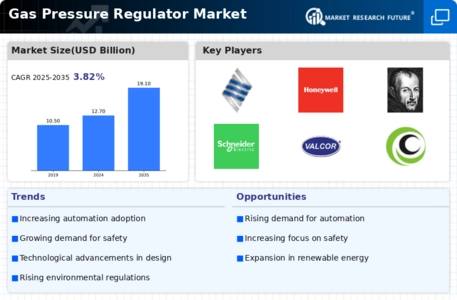
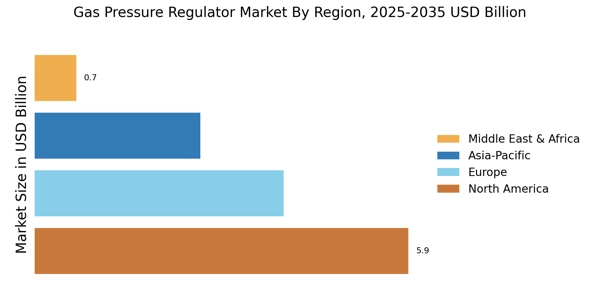
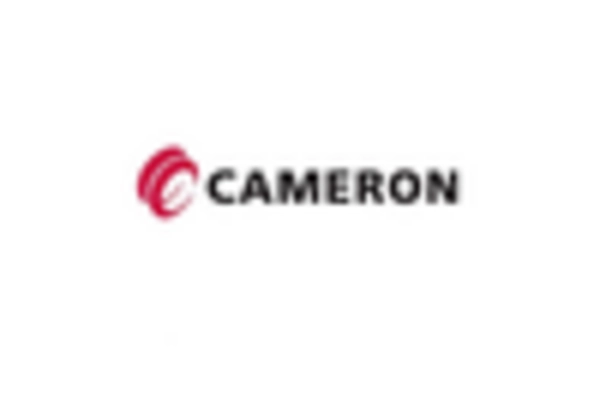
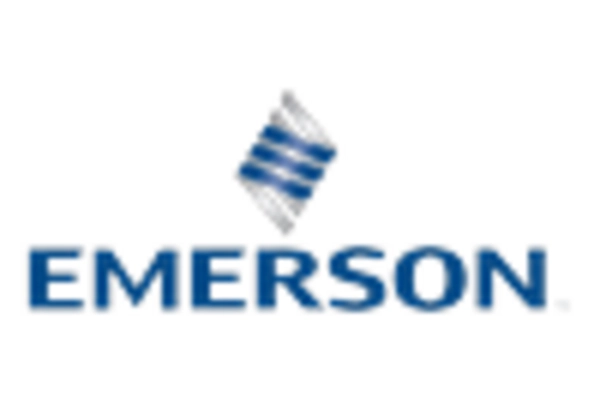

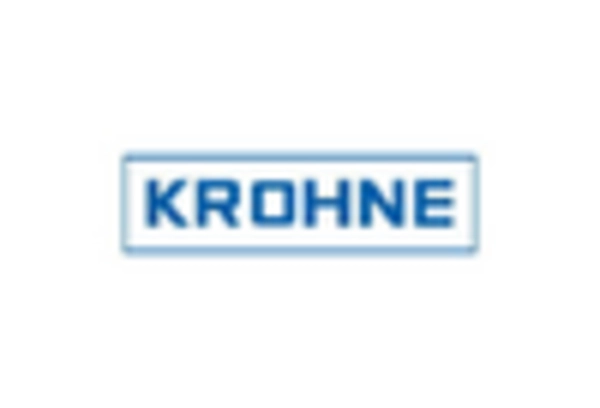
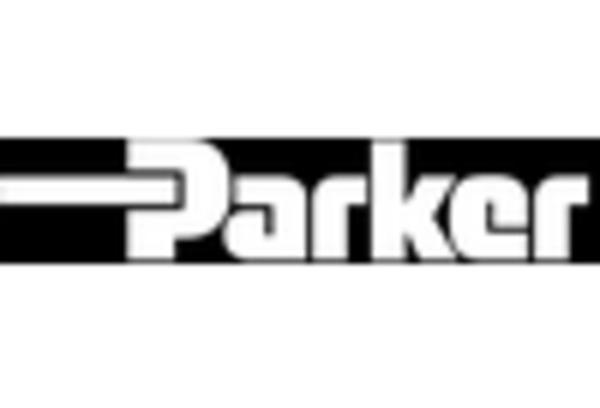









Leave a Comment